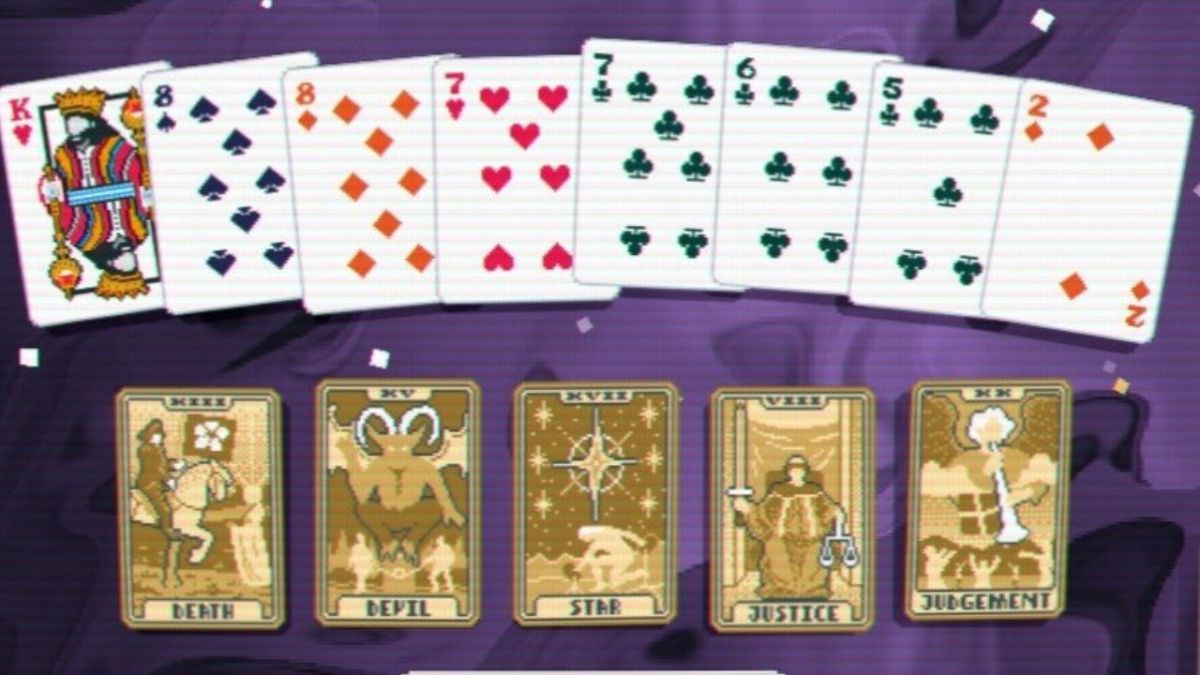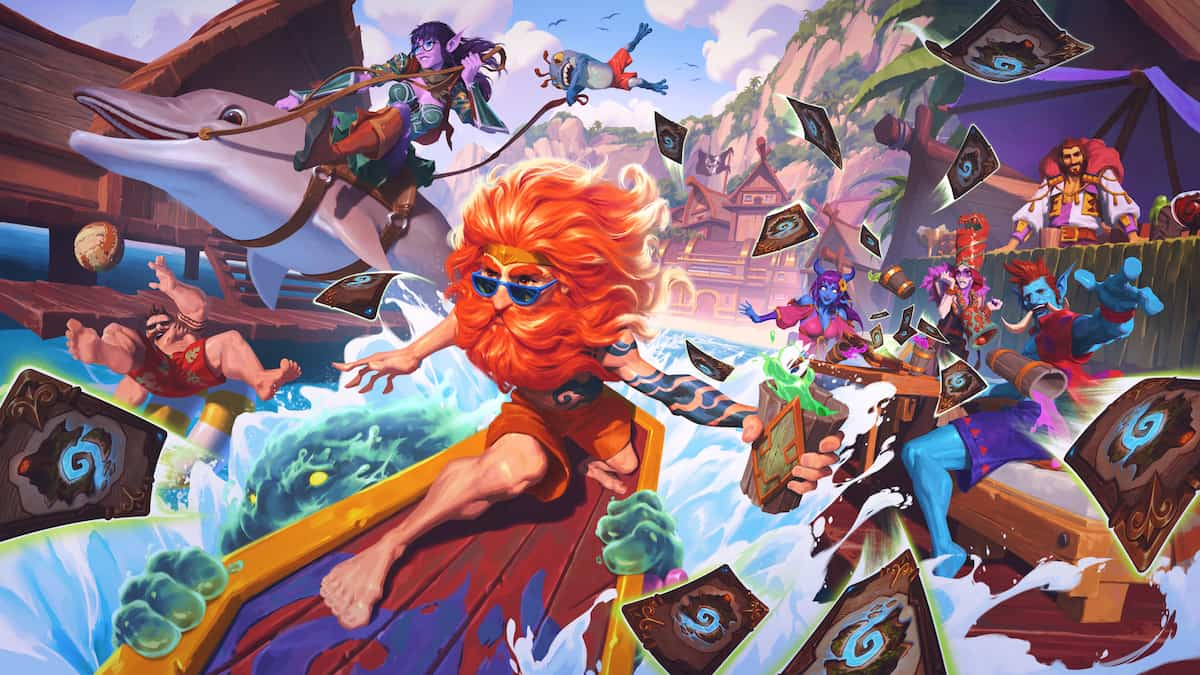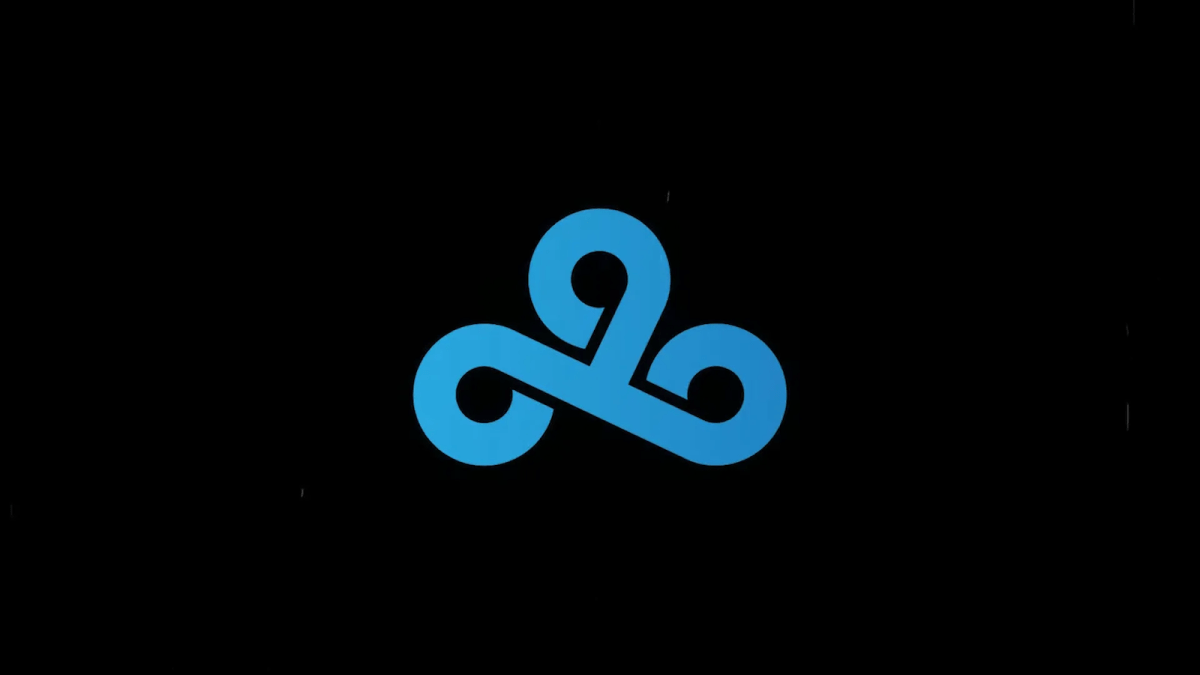Introduction
A deck that has stood the test of time much like Freeze Mage, Control Warrior has seen relatively little change since the Hearthstone beta and has always been a top-tier deck. While some cards have come and gone with the adventures and expansions, the core of Control Warrior has stayed legal and powerful even now in Standard mode. In this article I will chronicle the journey that Control Warrior has taken throughout the history of the game and look at the variations that the deck has spawned from its popularity.
The Origins
The three main archetypes of Hearthstone decks consist of Aggro, Midrange, and Control. There are other archetypes but those are the most common. When a player thinks of a Control deck in Hearthstone, they can go through each class and they will eventually end up with Control Warrior. Coming up with Control Warrior is not just because it is the last class in alphabetical order, but it is the main Control deck in Hearthstone. Control Warrior is also known as Wallet Warrior because of the high amount of legendaries used which makes the deck cost well over ten thousand dust.
Noxious used the decklist to the right during beta patch 4482. The deck features a few legendaries that do not see play in current builds but they were effective back before adventures and expansions came out.
Let us look at some of the cards:
Nat-Pagle: A staple in most decks during beta before its nerf, this card gave the player a 50% chance to draw a card at the end of their turn. The effect now goes off at the beginning of the players turn which leaves it vulnerable to removal before having a chance to draw a card.
Sylvanas-Windrunner: The Banshee Queen is used in Control Warrior throughout its history but gets honorable mention here because this list comes right after she had her mana cost raised to six. Sylvanas is a great card to synergize with Brawl as it can either win and give you a five attack and five defense body or it can have its effect take an enemy creature that won the Brawl.
Bloodmage-Thalnos: The dual-effect Bloodmage provides great utility for this deck because it provides a draw engine and extra spellpower for the damage cards in the deck. Removal such as Cleave and Slam deal three damage to their targets instead of two thanks to having the Bloodmage on the field.
Wild-Pyromancer: A form of removal for early Control Warriors that is combined with Acolyte-of-Pain to draw cards after using spells. Using Whirlwind with a Pyromancer on the field will destroy him but it creates a board-wide Consecration.
Arathi-Weaponsmith: The tempo that this card provides in the four mana slot is great for this deck as it provides both a three attack and three defense body along with a weapon. The decklist only runs two copies of Fiery-War-Axe, so having two more potential weapons is great for providing some extra reach.
There were more nerfs to Warrior cards in the beta, but they were not commonly used in Control Warrior lists. Battle-Rage once counted all damaged minions and heroes when drawing cards and bounced between two and three mana. Frothing-Berserker once had one attack instead of the two attack the card starts with today and Inner-Rage only gave the added two attack for one turn instead of being permanent. All of these cards got changed during the beta and the deck remained pretty constant until new cards came out.
Naxxramas and Goblins vs Gnomes
Hearthstones first adventure, Naxxramas, and the first expansion, Goblins vs Gnomes, included cards that fit perfectly into an already strong Control Warrior deck. Control Warrior got a great variety of cards ranging from class cards, weapons, and neutral legendaries. The decklists still had a similar draw engine to those before new card releases and the point of the deck was still to control the game. The decklist shown for this section is from after the new cards came from Naxxramas and Goblins vs Gnomes.
Here are some of the highlights from the deck:
Dr-Boom: We can’t talk about a deck from this time period without mentioning one of the most powerful legendaries in the history of Hearthstone. a seven attack and seven defense body for seven mana that summoned two Boom-Bots was an easy auto include for this deck and basically any deck made before the card rotated out with Standard mode.
Big-Game-Hunter: The hunter of all seven attack creatures, this card would see play in a lot of decks due to the popularity of Dr. Boom. Other cards that this would target would be Molten-Giant and Mountain-Giant as Handlock was popular at that time. Big Game Hunter was nerfed to five mana when Standard mode came out.
Deaths-Bite: A four mana weapon from the Naxxramas adventure, Death’s Bite provided great reach and damage to the deck that was great during the middle turns of the game. The effect made it possible for Death’s Bite to destroy five health minions and activated cards like that of Acolyte of Pain and Execute. Almost always saw two copies played in Control Warrior.
Sludge-Belcher: One of the most highly regarded cards to come out of Naxxramas, Sludge Belcher provides a great body with staying power thanks to its effect. An opponents Sludge Belcher can also be killed by a second charge attack from Deaths Bite.
Shieldmaiden: A Warrior class card from Goblins vs Gnomes, Shieldmaiden is an incredible value card thanks to its effect along with its five attack and five defense stats for six mana. Shieldmaiden is great to put on the field with a Shield-Slam in your hand if you need the extra armor to destroy an enemy creature.
Cruel-Taskmaster: The synergies with this card are ample in this deck. Right off the bat, the effect of the Taskmaster works perfectly with Acolyte of Pain to draw a card and make it have three attack. Armorsmith is another card that works well because it gives one armor and becomes a three attack creature. Cruel Taskmaster can also be used to make an opponents minions eligible to be destroyed by Big Game Hunter if the added two attack makes theirs seven or above.
There are more cards that were different from the original decklist, but I wanted to feature ones that wouldn’t be around after Standard mode came out. Death’s Bite is sorely missed because it provided reach that Fiery-War-Axe could not and there was no new weapons introduced for Warriors in Whispers of the Old Gods to replace it. Armorsmith and Harrison-Jones also got added to the deck, with Armorsmith becoming a staple in Warrior decks.
The Calm before Standard
Some new cards that came out before Whispers of the Old Gods made their way into Control Warrior lists to add a couple new win conditions for the deck. The decklist that is featured in this section adds cards from the Blackrock Mountain and League of Explorers adventures, and the Grand Tournament expansion. The deck in this section required a lot less dust than the others shown in the article.
Here are some of the new additions to the deck during this time:
Bash: A class card from the Grand Tournament, Bash provides great removal along with the bonus of three armor. The three armor can also be beneficial when setting up to kill a target with Shield Slam.
Deathlord: Coming from the Naxxramas adventure, Deathlord is a great early game taunt that puts a damper on aggressive decks like Zoo Warlock and Face Hunter. The effect could become a downside when facing other Control decks.
Elise-Starseeker: The explorer made her way into Hearthstone in the League of Explorers adventure. A win condition for Control Warrior, Elise makes all cards in the hand and deck random legendaries. The effect is achieved after playing the map and the golden monkey cards that are put in the deck after playing Elise. The effect is great late game for Control Warrior because they usually are not out of cards and the opponent will most likely be out of responses by that point.
Justicar-Trueheart: An excellent Control card for Warriors, Justicar gives the Warrior hero power an upgrade to four armor when played. Justicar is great for long games because the additional two armor can add up very quickly and overwhelm opponents.
Revenge: A removal spell released in Blackrock Mountain, Revenge either does one damage to all minions or three depending on the users health total. The one damage is great for Control Warriors because it can be used with Acolyte of Pain and/or Armorsmith on the field for their effects.
The Control Warrior was best suited for longer games during this time because of cards like Justicar Trueheart and Elise Starseeker. The other finishers also made it so the player didn’t have to rely on Grommash-Hellscream as their main way of winning which allowed him to be used for creature removal occasionally. Other Control Warriors were using the legendaries from the earlier decklist instead of cards like Deathlord.
Standard and Beyond
When Standard rolled around with the release of the Whispers of the Old Gods expansion, Control Warrior lost a few key cards when Naxxramas and Goblins vs Gnomes rotated out. Death’s Bite and Sludge Belcher were the two biggest losses for Control Warrior which left the deck without a reliable second weapon. The last decklist shown is from after the release of Whispers of the Old Gods with the older cards rotated out.
Here are some cards that stand out in the deck:
Doomsayer: A card that has seen a comeback in recent weeks, Doomsayer is a great answer for Aggro decks that are trying to outpace you by filling up the board. Doomsayer works as a deterrent as well as it can stop your opponent from playing a minion that would die on your turn.
Ravaging-Ghoul: Three attack and three defense for three mana with the Whirlwind effect built into it. Ravaging Ghoul is the perfect warrior card because it provides a boost to Acolyte of Pain and Armorsmith without having to include any copies of Whirlwind. Adding the board presence of the Ghoul and potential removal of opponents creatures makes this a two copy staple in Control Warrior.
Bloodhoof-Brave: An excellent taunt card, Bloodhoof Brave is the replacement for the unavailable Sludge Belcher. The two attack is low and vulnerable to a card like Stampeding-Kodo, but after enraging its effect activates and gains three attack. Revenge and Ravaging Ghoul work will with Bloodhoof because they can activate its enrage effect.
Nzoth-the-Corruptor: A finisher that introduced in Whispers of the Old Gods, N’Zoth brings back all Deathrattle cards that destroyed on the casting players side during the game. While this deck only plays two minions with Deathrattle, they are arguably two of the strongest in Sylvanas and Cairne-Bloodhoof. Along with Elise Starseeker, it is nice to have an alternate win condition and not always rely on Grommash Hellscream.
There are a few different versions of Control Warrior in Standard mode now but they are very similar to the list that shown in this section. The new cards have performed extremely well and the deck counters some of the more popular decks in Standard like Zoo Warlock and Aggro Shaman.
Closing Thoughts
One of the most consistent decks around, Control Warrior has the staying power dominate for the foreseeable future. Not only is it a top-tier deck at the moment, but it is a counter to some of the most popular decks that will show up on ladder. Other Warrior decks were created once Standard came out, with Tempo Warrior being right up there with Control Warrior. Dragon Warrior is another Warrior deck that is seeing play. Control Warrior is a versatile deck with multiple ways to win instead of always relying on Grommash-Hellscream and an effect to trigger his enrage. If you as a player likes having plenty of removal and the ability to respond to most threats while setting up some finishers later in the game, Control Warrior might be the deck for you.





Published: Jun 27, 2016 12:25 pm